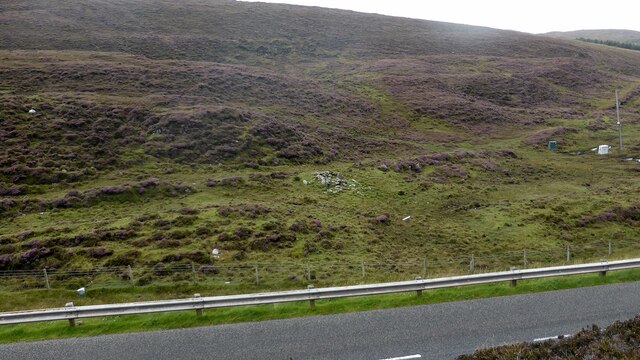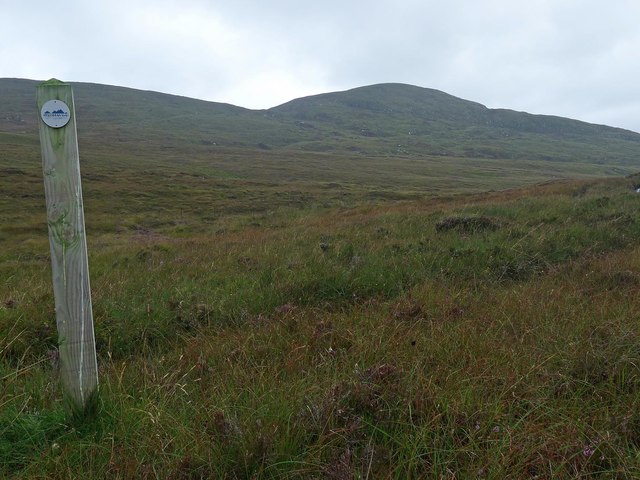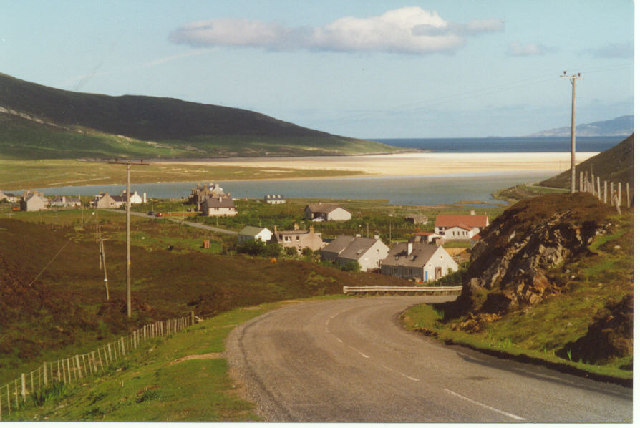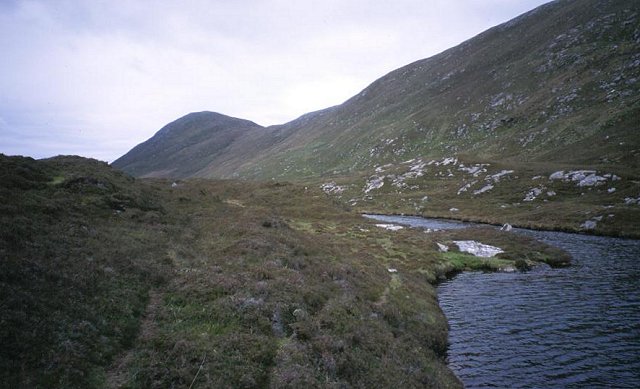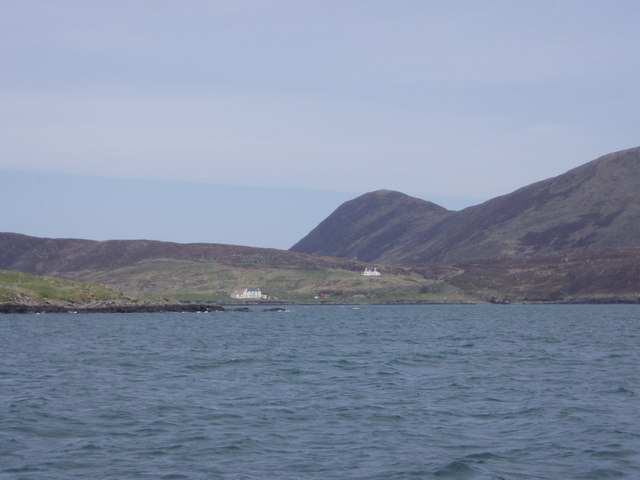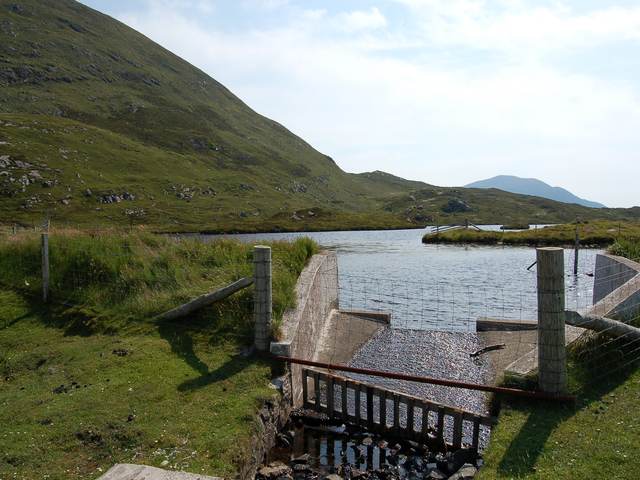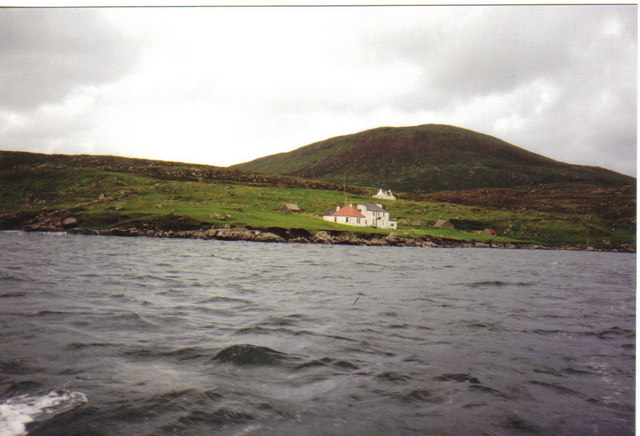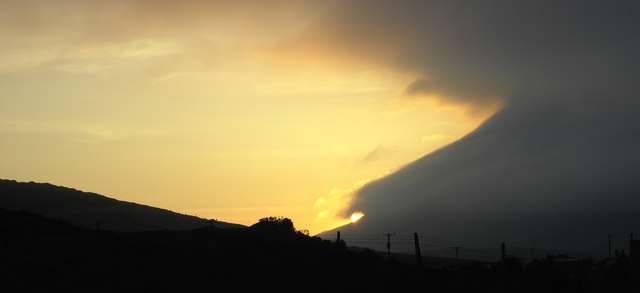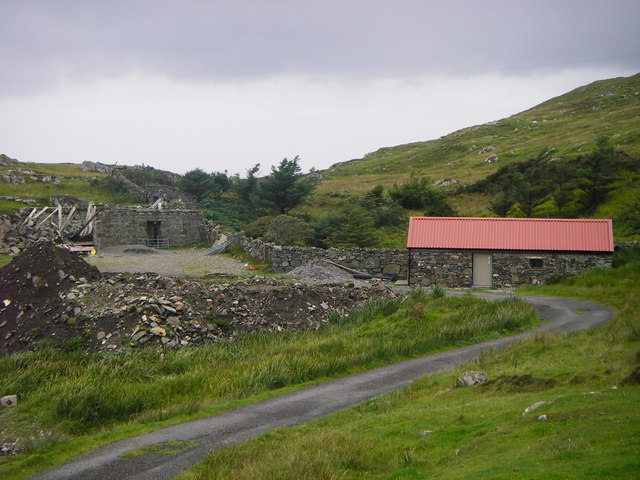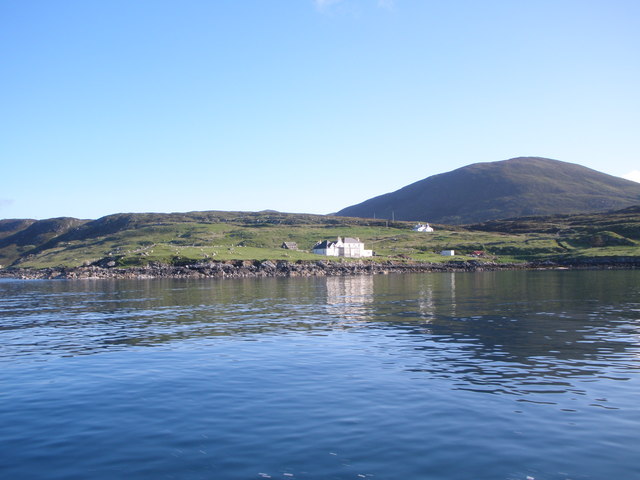Lochan-dubh-Ainecleit
Lake, Pool, Pond, Freshwater Marsh in Inverness-shire
Scotland
Lochan-dubh-Ainecleit

Lochan-dubh-Ainecleit, located in Inverness-shire, Scotland, is a picturesque freshwater loch nestled amidst the stunning Highland landscape. With its tranquil waters and surrounding verdant hills, it offers a serene escape for nature enthusiasts and visitors seeking a peaceful retreat.
Covering an area of approximately 10 hectares, Lochan-dubh-Ainecleit is a relatively small body of water. It is characterized by its deep and clear waters, which contribute to the loch's appeal. The name "Lochan-dubh-Ainecleit" translates to "the black loch of the rocky place," aptly describing the dark hue of its waters and the rocky terrain that surrounds it.
Surrounded by a mixed woodland of birch and oak trees, the loch provides a picturesque setting for birdwatching and wildlife observation. The loch and its surroundings are a haven for a diverse range of bird species, including goldeneye, tufted ducks, and common sandpipers, making it a popular destination for bird enthusiasts.
Additionally, the loch is home to various species of fish, such as brown trout and pike, attracting anglers who enjoy fishing in its abundant waters.
For those seeking outdoor activities, Lochan-dubh-Ainecleit offers opportunities for hiking and walking, with several trails that wind through the surrounding countryside, providing breathtaking views of the loch and its scenic surroundings.
Overall, Lochan-dubh-Ainecleit is a hidden gem in Inverness-shire, offering a tranquil and idyllic spot for nature lovers to immerse themselves in the beauty of the Scottish Highlands.
If you have any feedback on the listing, please let us know in the comments section below.
Lochan-dubh-Ainecleit Images
Images are sourced within 2km of 57.788577/-7.0328929 or Grid Reference NG0188. Thanks to Geograph Open Source API. All images are credited.



Lochan-dubh-Ainecleit is located at Grid Ref: NG0188 (Lat: 57.788577, Lng: -7.0328929)
Unitary Authority: Na h-Eileanan an Iar
Police Authority: Highlands and Islands
What 3 Words
///adopters.clown.salary. Near Leverburgh, Na h-Eileanan Siar
Nearby Locations
Related Wikis
1990 Scotland RAF Shackleton crash
On 30 April 1990, a Royal Air Force Avro Shackleton AEW Mk II aircraft, of No. 8 Squadron RAF, based at RAF Lossiemouth, crashed into a hill on the Isle...
Leverburgh
Leverburgh (Scottish Gaelic: An t-Òb [ən̪ˠ ˈt̪ɔːp]) is the second largest village, after Tarbert, in Harris in the Outer Hebrides of Scotland. Leverburgh...
Outer Hebrides
The Outer Hebrides ( HEB-rid-eez) or Western Isles (Scottish Gaelic: na h-Eileanan Siar [nə ˈhelanən ˈʃiəɾ] , na h-Eileanan an Iar [nə ˈhelanən əɲ ˈiəɾ...
Ensay (Outer Hebrides)
Ensay (Gaelic Easaigh) is a currently unpopulated and privately owned island in the Outer Hebrides of Scotland. The island lies in the Sound of Harris...
Have you been to Lochan-dubh-Ainecleit?
Leave your review of Lochan-dubh-Ainecleit below (or comments, questions and feedback).

